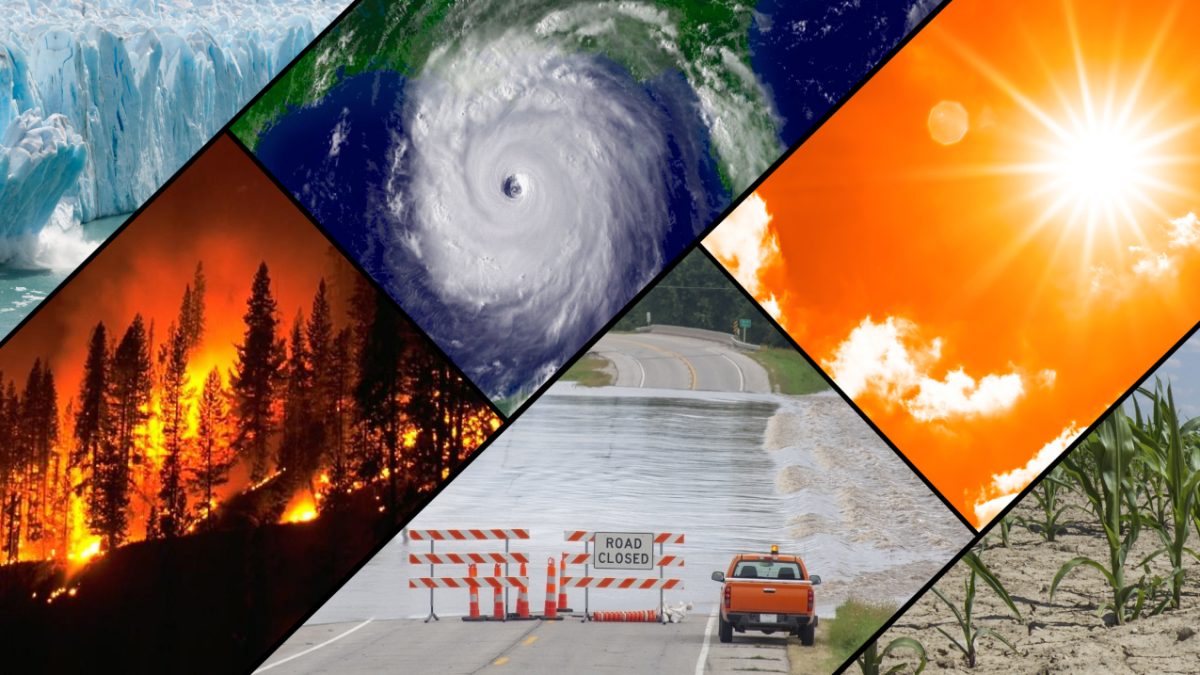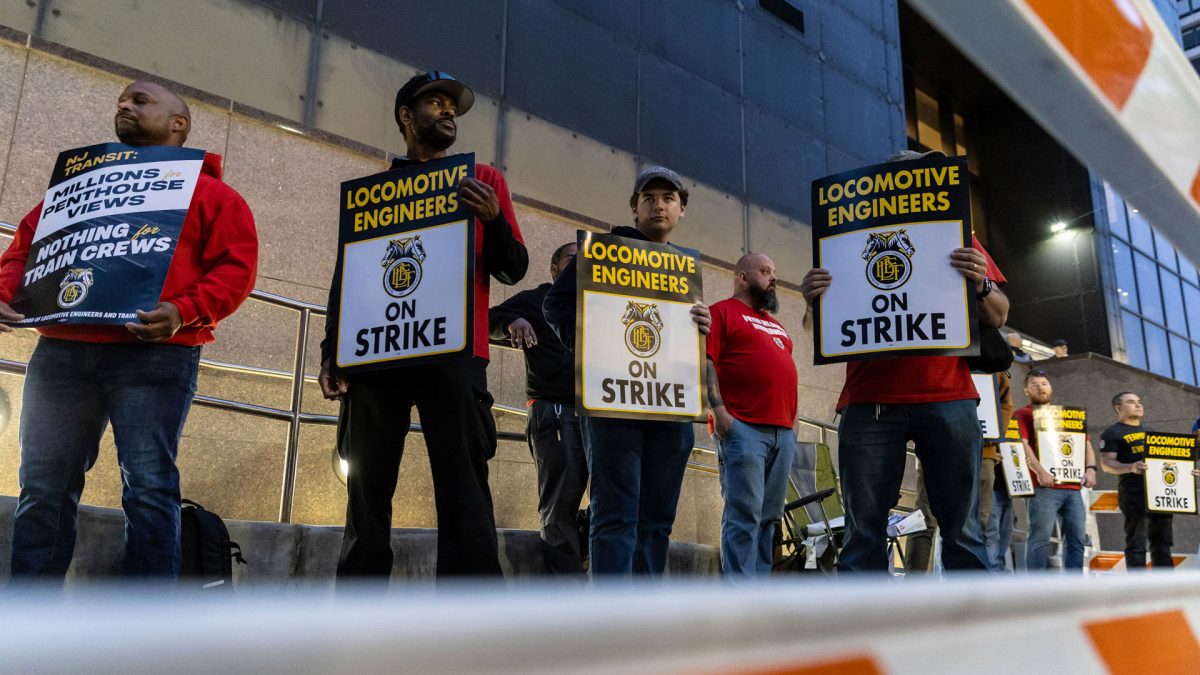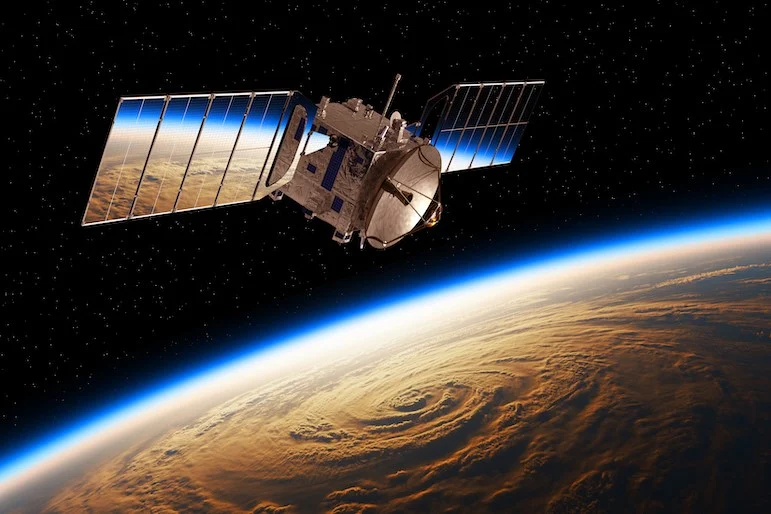Climate change is a significant global issue that affects the entire world. It is crucial to understand who is responsible for causing this phenomenon. According to many scientists, human activities are the primary cause of climate change. When people burn fossil fuels such as coal, oil, and gas for energy, it releases greenhouse gases into the atmosphere. These gases trap heat from the sun, leading to an increase in the Earth’s temperature. This process is known as the greenhouse effect, and it is the primary driver of climate change.
Another human activity that contributes to climate change is deforestation. When trees are cut down, they can no longer absorb carbon dioxide, a greenhouse gas, from the atmosphere. This results in an accumulation of greenhouse gases, further exacerbating climate change.
It is important to note that not all human activities contribute equally to climate change. The burning of fossil fuels for energy production, transportation, and industrial processes is the largest contributor to greenhouse gas emissions. Consequently, industries, transportation systems, and energy companies play a significant role in causing climate change.
However, responsibility for climate change is not solely placed on big companies and industries. Individuals also contribute to climate change through their daily activities. For instance, driving cars that run on gasoline, using electricity from fossil fuel power plants, and consuming products that require substantial energy to produce all contribute to greenhouse gas emissions.
In addition to human activities, natural factors also play a role in climate change. For example, volcanic eruptions release substantial amounts of greenhouse gases and particles into the atmosphere, which can temporarily affect the climate. However, these natural factors are not the primary cause of the current rapid climate change.
So, who is responsible for climate change? It is a combination of human activities and natural factors, but human activities are the main cause. This implies that everyone, from individuals to large companies, has a role to play in addressing climate change.
Governments also bear a responsibility to address climate change. They can create policies and regulations to limit greenhouse gas emissions, promote renewable energy sources, and protect forests. International cooperation is also crucial, as climate change is a global issue that necessitates a coordinated effort from all countries.
In conclusion, while human activities are the primary cause of climate change, it is important to recognize that everyone has a role to play in addressing this issue. By understanding who is responsible for climate change, we can work together to reduce our impact on the environment and create a more sustainable future for the planet. Individuals, industries, governments, and international bodies must collaborate to mitigate climate change and ensure the well-being of future generations.
One of the most significant contributors to climate change is the burning of fossil fuels. Fossil fuels are used to generate electricity, power transportation, and fuel industrial processes. The burning of fossil fuels releases carbon dioxide, methane, and other greenhouse gases into the atmosphere. These gases trap heat from the sun, leading to an increase in the Earth’s temperature. This process is known as the greenhouse effect, and it is the primary driver of climate change.
The transportation sector is a significant contributor to greenhouse gas emissions. Cars, trucks, buses, and airplanes all burn fossil fuels, releasing greenhouse gases into the atmosphere. To reduce greenhouse gas emissions from transportation, individuals can choose to walk, bike, or take public transportation instead of driving. Governments can also promote the use of electric vehicles and invest in public transportation systems.
The industrial sector is another significant contributor to greenhouse gas emissions. Industries such as manufacturing, mining, and construction all require substantial amounts of energy, much of which comes from burning fossil fuels. To reduce greenhouse gas emissions from industry, companies can invest in renewable energy sources such as solar and wind power. Governments can also create policies and regulations that encourage companies to reduce their greenhouse gas emissions.
Deforestation is another significant contributor to climate change. Trees absorb carbon dioxide from the atmosphere and store it in their trunks, branches, and leaves. When trees are cut down, this carbon dioxide is released back into the atmosphere. Deforestation also reduces the number of trees available to absorb carbon dioxide, further exacerbating climate change. To reduce deforestation, governments can create policies and regulations that protect forests and encourage reforestation.
Individuals can also take action to reduce their impact on the environment. For example, individuals can reduce their energy consumption by turning off lights and electronics when not in use. They can also reduce their water consumption by taking shorter showers and fixing leaks. Additionally, individuals can reduce their waste by recycling and composting.
In conclusion, climate change is a significant global issue that requires a coordinated effort from individuals, industries, governments, and international bodies. While human activities are the primary cause of climate change, it is important to recognize that everyone has a role to play in addressing this issue. By reducing our greenhouse gas emissions, protecting forests, and promoting sustainable practices, we can create a more sustainable future for the planet.












